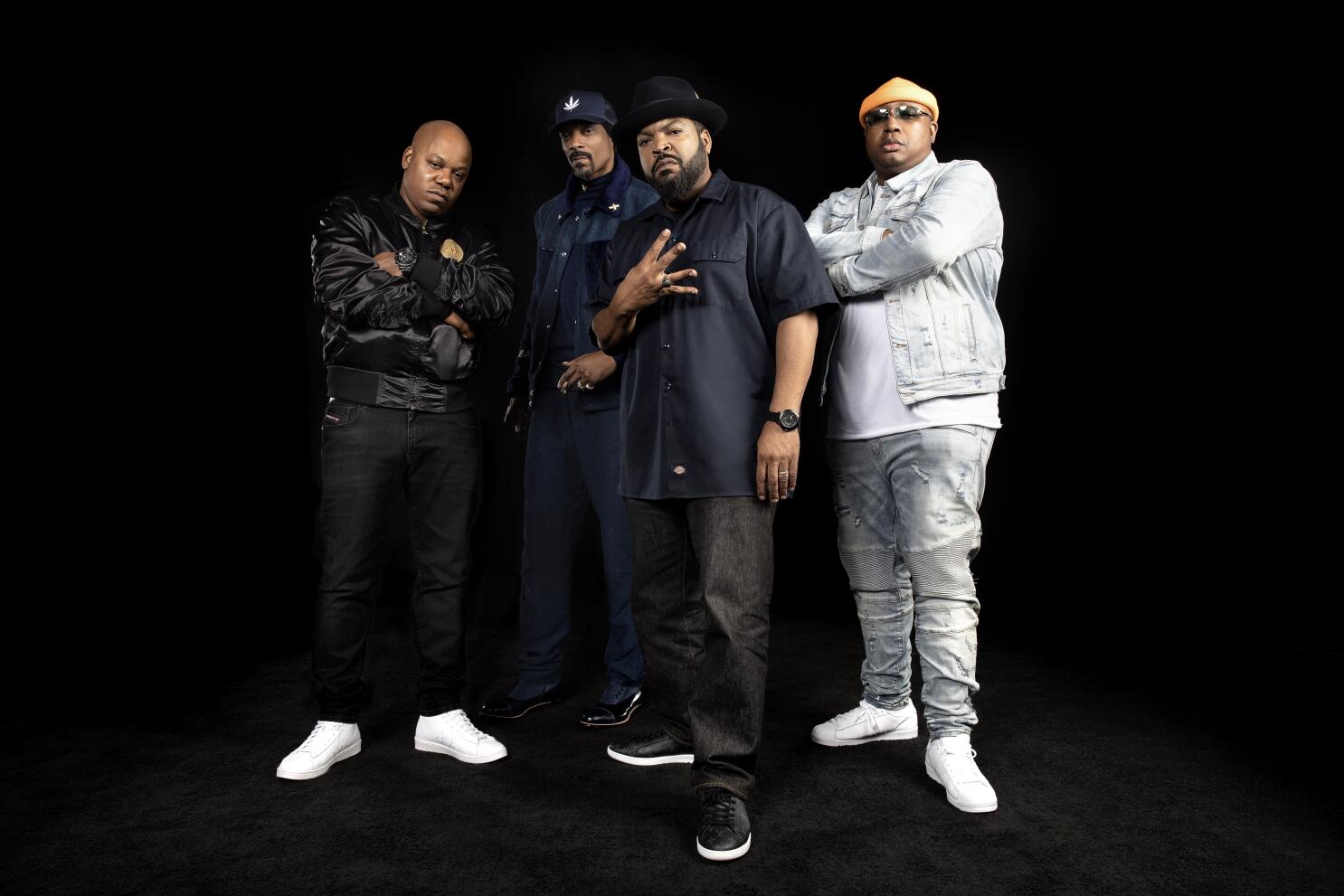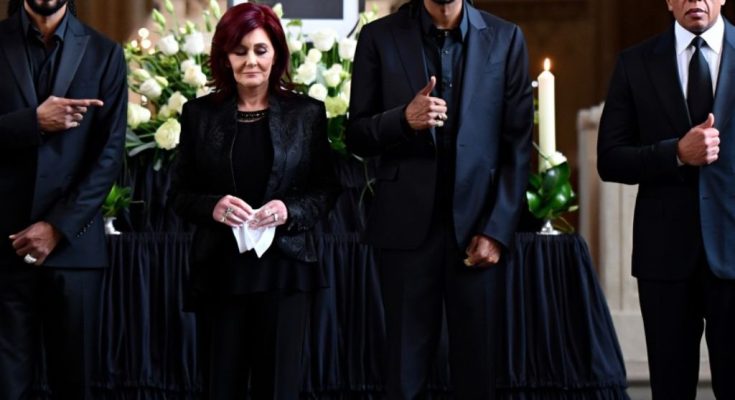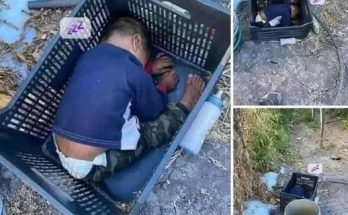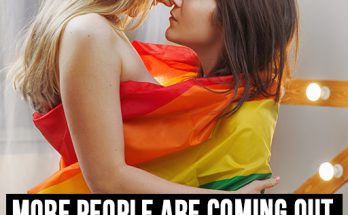“RAPPERS IN BLACK” – Snoop Dogg, Ice Cube, and Dr. Dre Show Up Together at Ozzy Osbourne’s Funeral in All-Black Suits, Silence, and One Iconic Fist Raise
On July 31, 2025, the Osbourne family’s 250-acre Buckinghamshire estate became a solemn gathering place for 110 close friends and family to honor John Michael “Ozzy” Osbourne, the Black Sabbath frontman who passed away on July 22, 2025, at 76 after a battle with Parkinson’s disease and a heart attack. The private funeral, following a vibrant public procession through Birmingham, featured emotional tributes from Sharon, Kelly, Jack, Aimee, and Louis Osbourne, alongside performances by Elton John and Yungblud. Yet, it was the unexpected presence of hip-hop legends Snoop Dogg, Ice Cube, and Dr. Dre—arriving together in all-black suits, standing in silence, and raising their fists in unison—that left an indelible mark on the ceremony, symbolizing a profound respect for Ozzy’s cross-genre influence.
A Rock Icon’s Final Curtain

Ozzy Osbourne’s death came just 17 days after his triumphant Back to the Beginning concert on July 5, 2025, at Villa Park in Birmingham, where he reunited with Black Sabbath’s original lineup—Tony Iommi, Geezer Butler, and Bill Ward—for a final performance. Despite his frail health, Ozzy, seated on a bat-adorned throne, delivered classics like “Iron Man” to 40,000 fans and 5.8 million livestream viewers. His sister Jean Powell told BBC News, “He was tired, but he gave it everything.” The public procession on July 30 saw thousands line Birmingham’s streets, chanting “Ozzy!” as a hearse with purple floral tributes passed Black Sabbath Bridge.
The private funeral, held by the estate’s lake, fulfilled Ozzy’s 2011 The Times wish for a “celebration, not a mope-fest.” Floral displays, including one spelling “OZZY F****** OSBOURNE,” and a brass band playing “Paranoid” set a defiant tone. A plush bat toy engraved with “For my grandkids, my eternal love – Papa Ozzy,” found by granddaughter Isabelle Hobbs, brought Kelly Osbourne to tears, reflecting his devotion to his 10 grandchildren. A hidden recording of Ozzy’s voice—“Thank you, my friends, keep rocking forever”—played as his casket was lowered, leaving mourners like Elton John and Slash visibly moved.
The Rappers in Black
As the ceremony unfolded, three figures in tailored black suits emerged from the crowd: Snoop Dogg, Ice Cube, and Dr. Dre. Their arrival was unannounced, and their silence was striking. Standing shoulder-to-shoulder near the gravesite, they offered no words, only a shared gesture—a raised fist, a symbol of solidarity and rebellion rooted in hip-hop’s ethos and Ozzy’s own anti-establishment legacy. “It was like they channeled Ozzy’s spirit,” a guest told The Sun. “No one expected them, but it felt right.” The trio, icons of West Coast rap, stood for a moment before placing white roses—symbols of respect—beside the coffin and departing quietly.
Their presence was a testament to Ozzy’s influence on hip-hop, a connection forged through samples and shared defiance. Kanye West’s “Hell of a Life” (2010) reimagined Black Sabbath’s “Iron Man,” blending its riffs with Ye’s chaotic narrative of fame. Trick Daddy’s 2004 hit “Let’s Go” sampled Ozzy’s “Crazy Train,” transforming it into a crunk anthem, with Trick Daddy later telling TMZ, “Ozzy’s clearance for that sample changed my life”. Cypress Hill’s “Ain’t Goin’ Out Like That” wove in elements from Sabbath’s “Wicked World” and “The Wizard,” bridging metal and rap audiences. The trio’s fist raise echoed the rebellious spirit Ozzy embodied, a nod to his impact on their genre.
A Shared History of Rebellion

Snoop Dogg, Ice Cube, and Dr. Dre’s ties to Ozzy were both musical and cultural. Dr. Dre, who revolutionized hip-hop with The Chronic (1992), featured Snoop on 11 tracks, cementing their iconic partnership. Ice Cube, a former N.W.A. member with Dre, helped define gangsta rap with Straight Outta Compton (1988), a record that, like Black Sabbath, faced censorship for its raw defiance. Their appearance at Ozzy’s funeral recalled a 1990s crossover era when rap and metal collided—Run-DMC’s “Rock Box,” Beastie Boys, and Anthrax’s “I’m the Man” laid groundwork for nu-metal, while Rage Against the Machine fused both genres’ rebellion.
Ozzy’s own battles with the establishment, from the 1982 bat-biting incident to PMRC backlash, mirrored hip-hop’s struggles against censorship. Ice Cube’s “It Was a Good Day” video featured a cameo from Dre, squashing their N.W.A. beef, much like Ozzy reconciled with Black Sabbath. Snoop, discovered by Dre in 1992, rose to fame with Doggystyle (1993), produced with Dre’s G-funk sound, which shared Ozzy’s knack for turning chaos into art. Their fist raise at the funeral was a salute to Ozzy’s authenticity, a quality they admired as artists who faced similar scrutiny.
The Emotional Weight
The rappers’ silent tribute contrasted with other emotional peaks. Elton John collapsed during “No More Tears,” overcome by grief, while Slash’s quote—“Ozzy didn’t just make music—he made us feel alive”—silenced the crowd. Eminem’s earlier appearance, placing white roses without a word, had already stirred attendees. But Snoop, Ice Cube, and Dre’s unified presence, captured in a viral X post, resonated deeply. One user wrote, “Snoop, Cube, and Dre raising fists for Ozzy? That’s hip-hop honoring metal’s king”.
Sharon Osbourne, who orchestrated the funeral, was visibly moved, later telling NME, “Those boys showing up meant the world to Ozzy’s legacy.” Kelly, who shared a No. 1 duet with Ozzy on “Changes” (2003), posted on Instagram, “Dad would’ve loved those fists in the air 💔.” The gesture also recalled Ozzy’s love for his grandchildren, evident in the engraved bat toy and stories of him doting on Kelly’s son Sidney, whom he called “the coolest” in a 2024 People interview.
A Legacy Across Genres

Ozzy’s 76-year journey—from a dyslexic Birmingham kid to a two-time Rock & Roll Hall of Fame inductee—left an indelible mark. Black Sabbath’s Paranoid (1970) and his solo hits like “Crazy Train” sold over 100 million records. The Osbournes (2002–2005) humanized him, while Ozzfest launched bands like Slipknot. His influence on hip-hop, through samples and a shared outlaw ethos, made the presence of Snoop, Ice Cube, and Dr. Dre fitting. As HotNewHipHop noted, “Ozzy’s dark legacy shaped hip-hop’s raw edge”.
The fist raise, a symbol of resistance, tied Ozzy’s metal rebellion to hip-hop’s fight against systemic oppression. The upcoming Back to the Beginning: Ozzy’s Final Bow concert film, set for 2026, will immortalize his last performance. As fans lit candles and played “Iron Man” worldwide, with #OzzyForever trending on X, Snoop, Ice Cube, and Dr. Dre’s silent tribute stood as a powerful testament to a man whose music transcended genres, uniting rappers and rockers in shared reverence.



